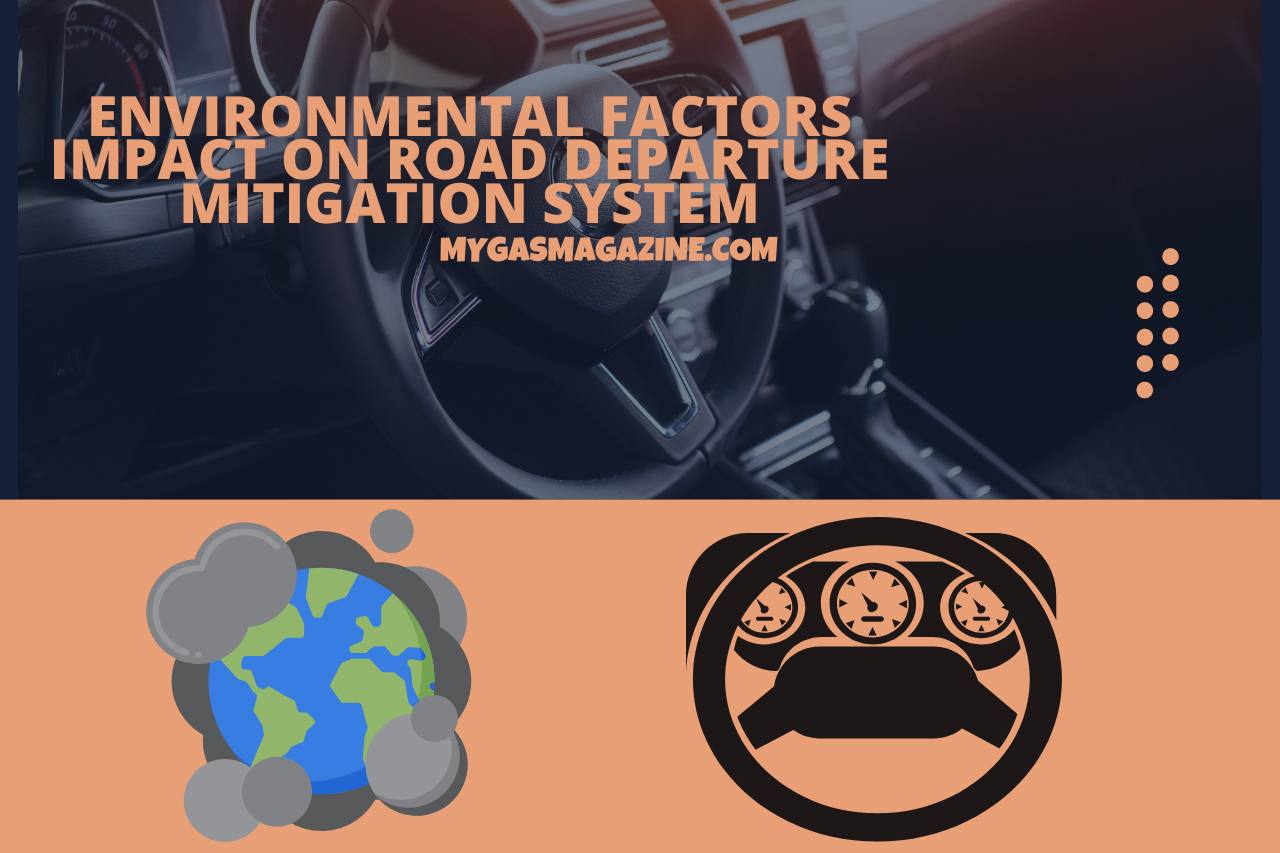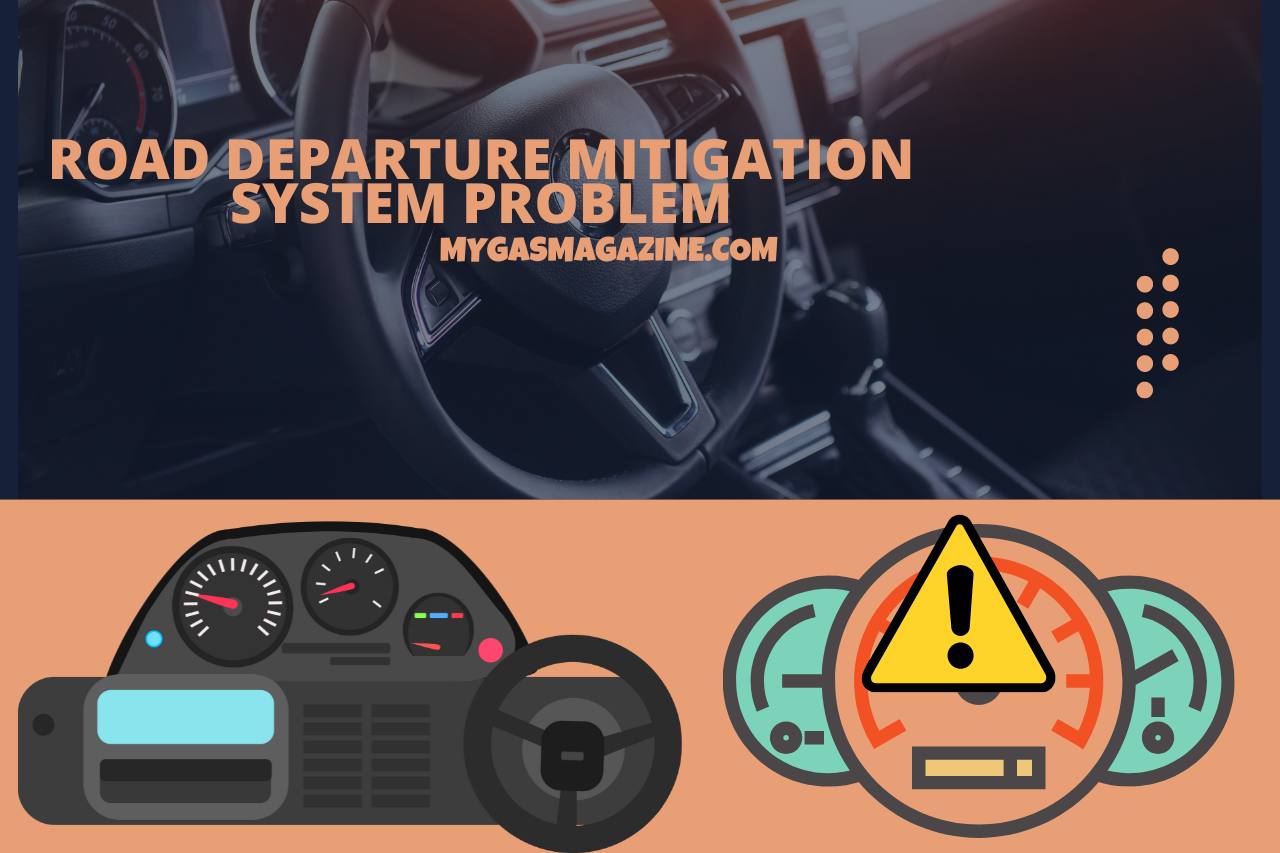Road Departure Mitigation System Problem – Ensuring Optimal Performance!
This article acts as a lighthouse of information and comprehension, illuminating the way through the complex terrain of issues with road departure mitigation systems. You’ve come to the perfect page if you need to understand how this cutting-edge safety technology operates, have run into unforeseen warnings, or want to learn more. We’re here to equip you with the knowledge you need to reestablish faith in your car’s safety features, from understanding the underlying mechanics that cause these problems to exploring helpful troubleshooting advice and professional insights. We’re here to clarify the intricacies, difficulties, and solutions that lie ahead through thorough guides, actual experiences, and cooperative dialogues.
What is a Road Departure Mitigation System (RDMS), and How does It Work?
A cutting-edge safety element called the Road Departure Mitigation System (RDMS) is intended to assist in reducing unintended lane departure and potential road departure events.
RDMS, which primarily operates at highway speeds, keeps track of the vehicle’s position within the lane using a combination of cameras, sensors, and sophisticated algorithms.
The technology warns the driver visually and audibly if it notices the car approaching or crossing lane markers without using its turn signals.
When necessary, RDMS can gently apply steering input to guide the vehicle back into its lane if remedial action is not done and the risk of leaving the road grows.
In some circumstances, the system might lightly brake some individual wheels to help avoid unintentional lane exits.
By supporting drivers in keeping their planned path and preventing potential problems brought on by lane drifting, RDMS is a crucial piece of technology that improves road safety.
Why would the Road Departure Mitigation System Malfunction?
There are numerous potential causes for the Road Departure Mitigation System (RDMS) to malfunction. Dirt, ice, or other obstructions on the sensors can prevent accurate lane detection, resulting in erroneous alerts or slowing down the system’s response time.
A sensor replacement, repair, or manufacturing calibration error could result in inaccurate lane boundary identification. Electrical problems, such as frayed wiring or malfunctioning control modules, can hamper communication between components.
Variations may hamper the system’s capacity to correct to ly improve lanes in road markings, lousy weather, or intense sunshine. Unexpected behavior can also result from software defects or conflicts within the RDMS algorithms.
Since RDMS is a sophisticated technological system, it can malfunction for a combination of these causes, emphasizing the necessity of routine maintenance, regular sensor checks, and expert diagnosis to guarantee its efficient and dependable operation.
Common Signs of Road Departure Mitigation System Problems
False warnings or alarms when the car is entirely inside the lane lines are frequent symptoms of road departure mitigation system issues.
It also suggests a potential problem if the system does not sound the warning when the car drifts out of its lane. Another indication of a problem is when the system provides steering input even though the vehicle is adequately centered within the road.
On occasion, an RDMS-related dashboard warning light or message may come up. Any irregular behavior, odd alarms, or departures from the system’s typical operation should be viewed as potential problem indications and demand a comprehensive inspection by a competent specialist to identify and resolve the problem.
Is It Safe to Drive with a Malfunctioning Road Departure Mitigation System?
As an additional defense against unintentional lane departures, the road departure mitigation system (RDMS) can potentially jeopardize your safety while driving.
The risk of drifting out of your lane and potential crashes may increase if your RDMS is not functioning correctly and cannot deliver accurate lane departure warnings or interventions.
Although the driver is ultimately responsible for safe driving, RDMS can help reduce the likelihood of accidents. Therefore, it is advised to have your RDMS inspected and fixed by a skilled technician as soon as possible if you suspect a malfunction.
This will help verify that all safety elements are in good working order and give you the protection you need when driving.
How to Diagnose Road Departure Mitigation System Issues?
A methodical approach is required to diagnose road departure mitigation systems (RDMS) problems.
- To comprehend how the RDMS functions and any potential error codes, read the owner’s manual for the car.
- Look for any system-related dashboard warning lights. Verify that sensors and cameras are clear and unobstructed visually.
- To examine the system’s behavior and note any erroneous alarms, ignored cautions, or unwanted interventions, test the system under various driving conditions.
- Use diagnostic tools, if available, to check for error codes and acquire information on sensor performance.
- It is advised to have a skilled technician with experience in vehicle electronics, and safety systems diagnose RDMS problems due to the complexity of modern vehicle systems.
Their specialist equipment and expertise will make it easier to precisely pinpoint the issue and suggest the necessary fixes or modifications to get the system back up and running.
Can you Fix Road Departure Mitigation System Problems Yourself?
Most drivers don’t advise trying to fix road departure mitigation system (RDMS) issues independently because it can be difficult. Sensors, cameras, wiring, and software are all sophisticated and integrated RDMS safety system components.
It takes specialized equipment, technical know-how, and a thorough understanding of vehicle electronics to diagnose and fix problems.
Ineffective repairs could result in more faults or reduce the safety system’s efficacy. It is safer and more efficient to have the system inspected and fixed by a skilled technician with knowledge of vehicle safety systems if you suspect RDMS issues.
They can correctly identify the problem, make sure that the repairs are done correctly, and return the RDMS to its intended functionality, retaining your car’s safety features and giving you peace of mind while driving.
Preventing Road Departure Mitigation System Failures: Maintenance Tips
It needs proactive maintenance to stop road departure mitigation system (RDMS) failures.
- Regularly clean the sensors and cameras to guarantee good visibility and precise lane detection.
- Follow the guidelines for general vehicle maintenance, software upgrades, and system checks.
- Avoid changing the vehicle’s structure or adding aftermarket components that could compromise the RDMS.
- Please pay close attention to any warning lights or messages on the dashboard and respond quickly to them.
- Be aware of any road conditions or markings that can make it difficult for the system to function, and modify your driving style as necessary.
Following manufacturer recommendations, performing routine maintenance, and consulting a professional with any RDMS issues will all help to keep this safety feature reliable in the long run.


Environmental Factors Impact on Road Departure Mitigation System
Environmental conditions may significantly impact a road departure mitigation system’s (RDMS) performance. The visibility of lane markings can be affected by weather conditions such as heavy rain, snow, fog, or direct sunlight, which makes it more difficult for the system to determine lane borders precisely.
Poorly maintained or fading road markings also make it difficult for the RDMS to identify lanes appropriately. As the design adjusts to the changing road geometry, driving on winding or curved roads, particularly in hilly or mountainous terrains, may result in erroneous alerts or interventions.
Drivers using the RDMS can change their driving style and stay alert by being aware of how ambient factors affect the system’s performance.
Effects of Vehicle Modifications on RDMS Functionality
A road departure mitigation system (RDMS) can function differently due to vehicle modifications. The RDMS’s capacity to precisely detect lane borders and interpret road conditions can be impacted by changes to the vehicle’s structural components, such as body, frame, or suspension alterations.
Bull bars and rooftop carriers, for example, may block the view of sensors and cameras essential to the operation of the RDMS, which could degrade performance or result in false warnings. Wheel and tire modifications that can change the vehicle’s alignment and dynamics may potentially impact the RDMS computations.
Before making any modifications, it is advised to speak with the car manufacturer and follow their instructions to maintain the RDMS’s functionality and safety features. The intended functionality of the RDMS may be preserved, and unanticipated repercussions on the road can be avoided by making sure that any modifications are compatible with it.
Watch this One,
Video Credits – Aaron IronShell
You May Also Like


Meet Lakith, the driving force behind MyGasMagazine.com. A seasoned mechanic with over 7 years of hands-on experience in our family-run Gas Mag Garage, Lakith combines his technical expertise with a deep passion for cars. His journey in the automotive world began alongside his father, learning the intricacies of car repair and maintenance. Today, as the founder of MyGasMagazine.com, Lakith shares his wealth of knowledge, offering readers a unique blend of practical advice, industry insights, and engaging stories from the vibrant car culture of Sri Lanka.







